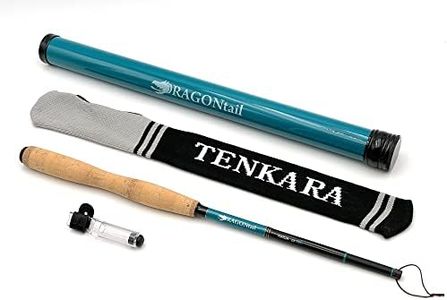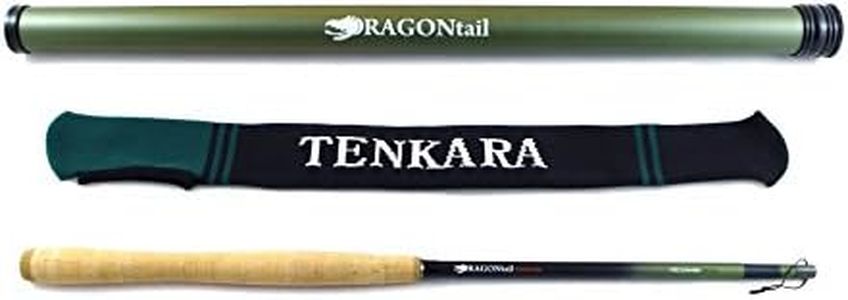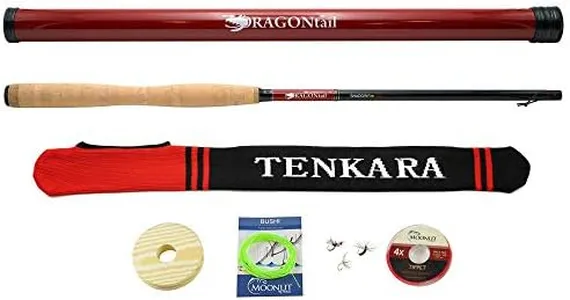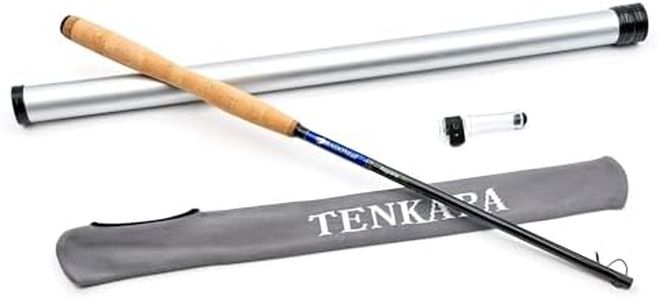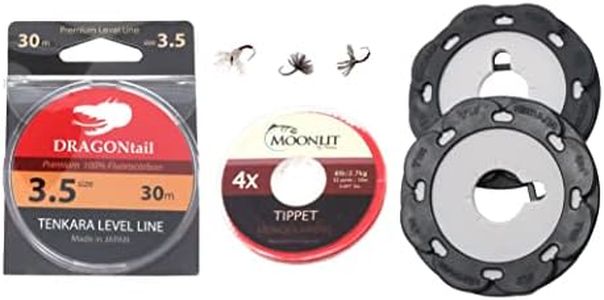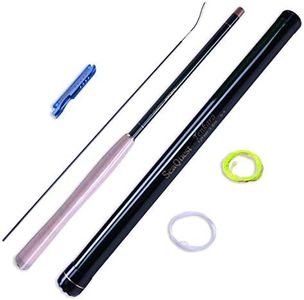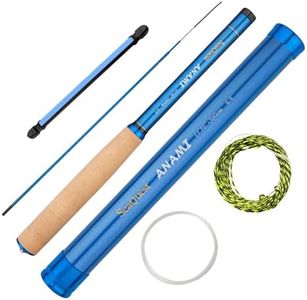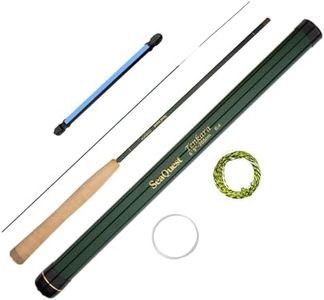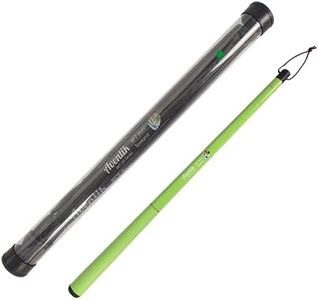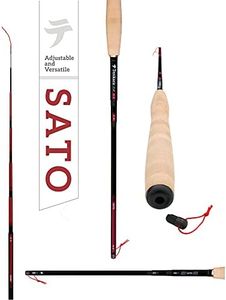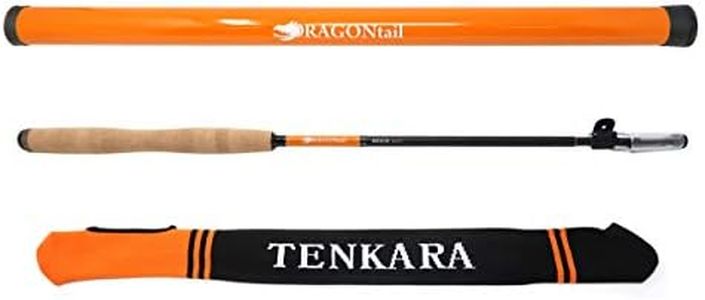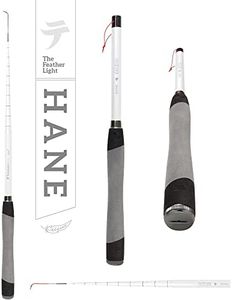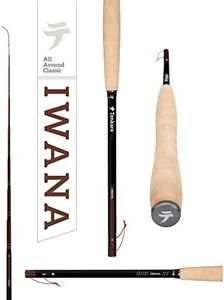We Use CookiesWe use cookies to enhance the security, performance,
functionality and for analytical and promotional activities. By continuing to browse this site you
are agreeing to our privacy policy
10 Best Tenkara Rod
From leading brands and best sellers available on the web.Buying Guide for the Best Tenkara Rod
Choosing a tenkara rod can be an exciting journey into the world of simple, elegant fly fishing. Tenkara rods are a traditional Japanese style of rod designed specifically for fly fishing without a reel. The main features that distinguish different rods are their length, action (or flex), collapsed and extended sizes, and material quality. Knowing how and where you will fish, as well as your level of experience, will help you choose a rod that makes your time on the water more enjoyable and hassle-free.Rod LengthRod length is the measurement of the rod when fully extended. This feature is crucial because it affects your casting distance, the types of water where you can fish, and how well you can control your fly. Shorter rods, generally under 11 feet, are great for tight spots with lots of brush or smaller streams, because they’re easier to maneuver. Medium lengths, from about 11 to 13 feet, offer good versatility and are great for general use in average size streams. Longer rods, above 13 feet, allow for longer casts and better reach when fishing larger rivers or needing to keep your line off the water. To pick the right length, think about the size of water you'll fish most often and how much room you have for casting.
Rod Action (Flex)Rod action, or flex, describes where and how much the rod bends under pressure. This affects how you cast and fight fish. A 'soft' or 'full flex' rod bends throughout almost its entire length, which can be forgiving, make casting delicate, and help protect light tippets. Medium flex rods bend mostly in the middle — they’re considered versatile and offer a balance between control and sensitivity. 'Fast' or 'tip flex' rods bend mostly at the tip and are more responsive and powerful, good for advanced techniques or strong winds, but less forgiving for beginners. If you’re just starting out or prefer a gentle presentation, go with a softer flex. For more power or technical fishing, a faster flex is better.
Collapsed LengthCollapsed length tells you how short the rod becomes when closed up for travel or storage. This is important if you often hike into fishing spots or travel with your gear. Ultra-short collapsed rods (often under 20 inches) fit easily into backpacks or carry-on luggage, making them extra portable. Regular collapsed rods (around 20–26 inches) are still easy to transport and fit in most day packs. If portability is a big factor for your fishing trips, make sure the collapsed length matches your needs.
Material QualityTenkara rods are usually made of carbon fiber or occasionally fiberglass. Material quality affects the rod’s weight, strength, smoothness of action, and durability. High-quality carbon fiber rods are light and strong, making them comfortable for long days and sensitive to subtle bites. Lower quality materials may make the rod heavier or less responsive. When choosing, look for rods described as using high-modulus carbon fiber if you want something lightweight and responsive, but for beginners or rough conditions, a bit of added durability may be preferred even if it means a little extra weight.
Handle Shape and GripThe shape and material of the handle (often cork or foam) can affect comfort and control during long fishing sessions. Traditional handles are either a rounded (pear) or straight shape. Some people prefer a thinner grip for smaller hands, while others like a thicker grip for durability and reduced hand fatigue. Try to pick a handle that feels comfortable in your hand, as this will reduce tiredness and help you fish longer and more accurately.
